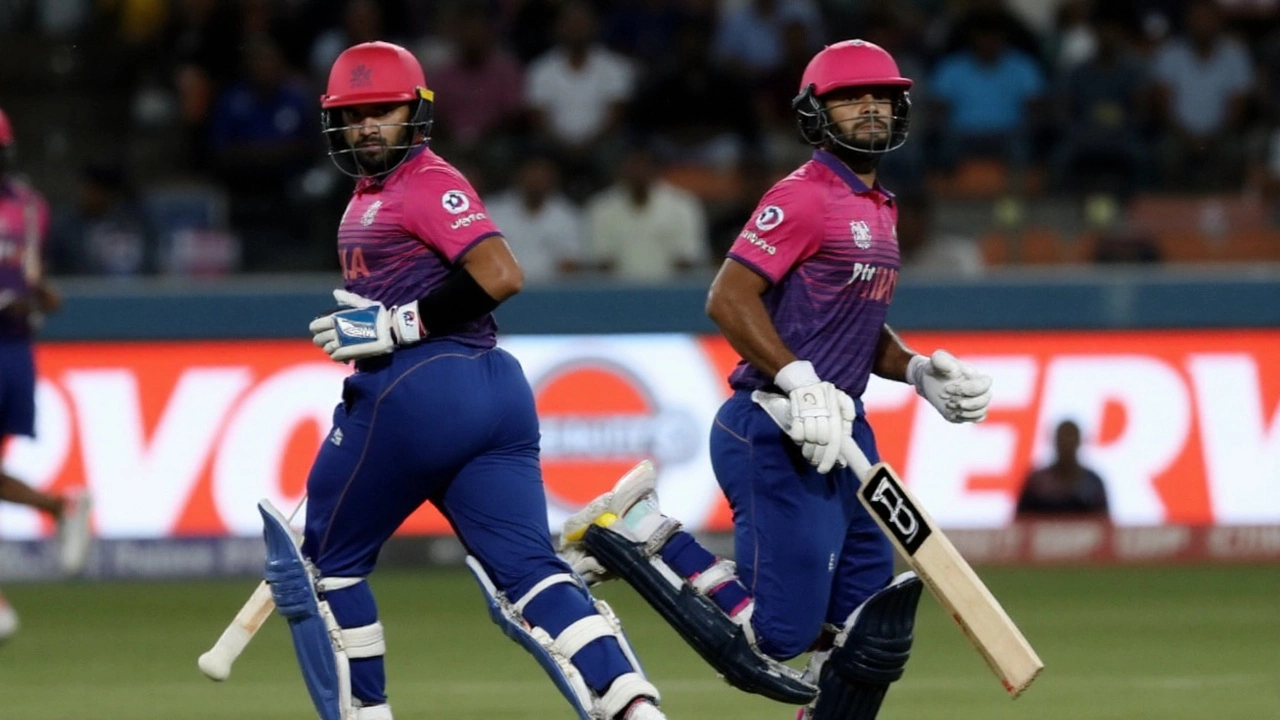T20I Records: What’s Hot in International Cricket Today
If you love short‑form cricket, you’ve probably checked the scoreboard more than once a week. T20I records change fast – a six‑hitter can rewrite the books, and a bowler’s five‑for can turn a match on its head. This guide breaks down the key stats you should know, shows where to find live updates, and explains why a few numbers matter more than others.
Top Individual Records to Watch
First up, batting. The highest individual T20I score sits at 172 runs – a record that still feels unreal. Players who regularly hit 70‑plus runs per innings are the real game‑changers, because they keep the run rate soaring without losing wickets. On the bowling side, the best figures are 5 wickets for just 8 runs. A five‑for in a 20‑over game is like a hat‑trick in football – it flips momentum instantly.
These records aren’t just bragging rights. Teams use them to scout players for franchise leagues, and fans use them to settle debates at the bar. When you hear someone say, “He’s the fastest to 1,000 runs,” you can now picture what that actually means: consistency, big scores, and the ability to finish matches.
Team Records That Define Dominance
Team achievements matter too. The biggest winning margin by runs is over 260, a score that forces the opposition to rethink their strategy before the first ball is even bowled. On the flip side, the longest winning streak in T20Is stretches beyond 10 matches – a testament to depth in batting, bowling, and fielding.
Why does a streak matter? It shows stability. In short formats, one bad over can cost a game, but a strong streak means the side can absorb a slip and still come out on top. That’s the kind of confidence that breeds more wins.
Now that you know which numbers matter, you’ll want a reliable source for real‑time updates. Most fans turn to official cricket boards, ESPN Cricinfo, or dedicated apps like Cricbuzz. All of them refresh the scoreboard the second a boundary is hit, so you’ll never miss a record‑breaking moment.
Setting alerts is a quick trick. In the app, choose your favorite team or player, tap “Notify me for milestones,” and you’ll get a push when a record is about to be broken. No need to stare at the screen all day – the app does the work.
For deeper analysis, look at strike‑rate charts and economy‑rate graphs. High strike‑rate means a batsman scores quickly, while a low economy‑rate shows a bowler keeps runs in check. Pair those with win‑loss ratios and you’ll have a full picture of who truly influences a match.
Finally, remember that records are meant to be broken. Every new tournament, every fresh debut, adds a chance for a new name to appear on the list. Keep an eye on emerging talents from associate nations; they often bring surprise performances that shake up the leaderboard.
So next time you hear a commentator shout, “He’s on the verge of a new T20I record,” you’ll know exactly why it matters and where to watch it happen. Stay curious, follow the stats, and enjoy the thrills that T20 cricket offers – because in twenty minutes, anything can change.
Asia Cup 2025: India rout UAE by 9 wickets in 4.3 overs as records fall in Dubai
India crushed UAE by 9 wickets in Dubai, chasing 58 in just 4.3 overs as records tumbled in the Asia Cup 2025 opener. UAE were skittled for 57, their lowest T20I total and the lowest by any team against India. Kuldeep Yadav took 4/7 with three in one over, while Shivam Dube grabbed three. India won with 93 balls to spare—their biggest margin by balls remaining in T20Is.
View More